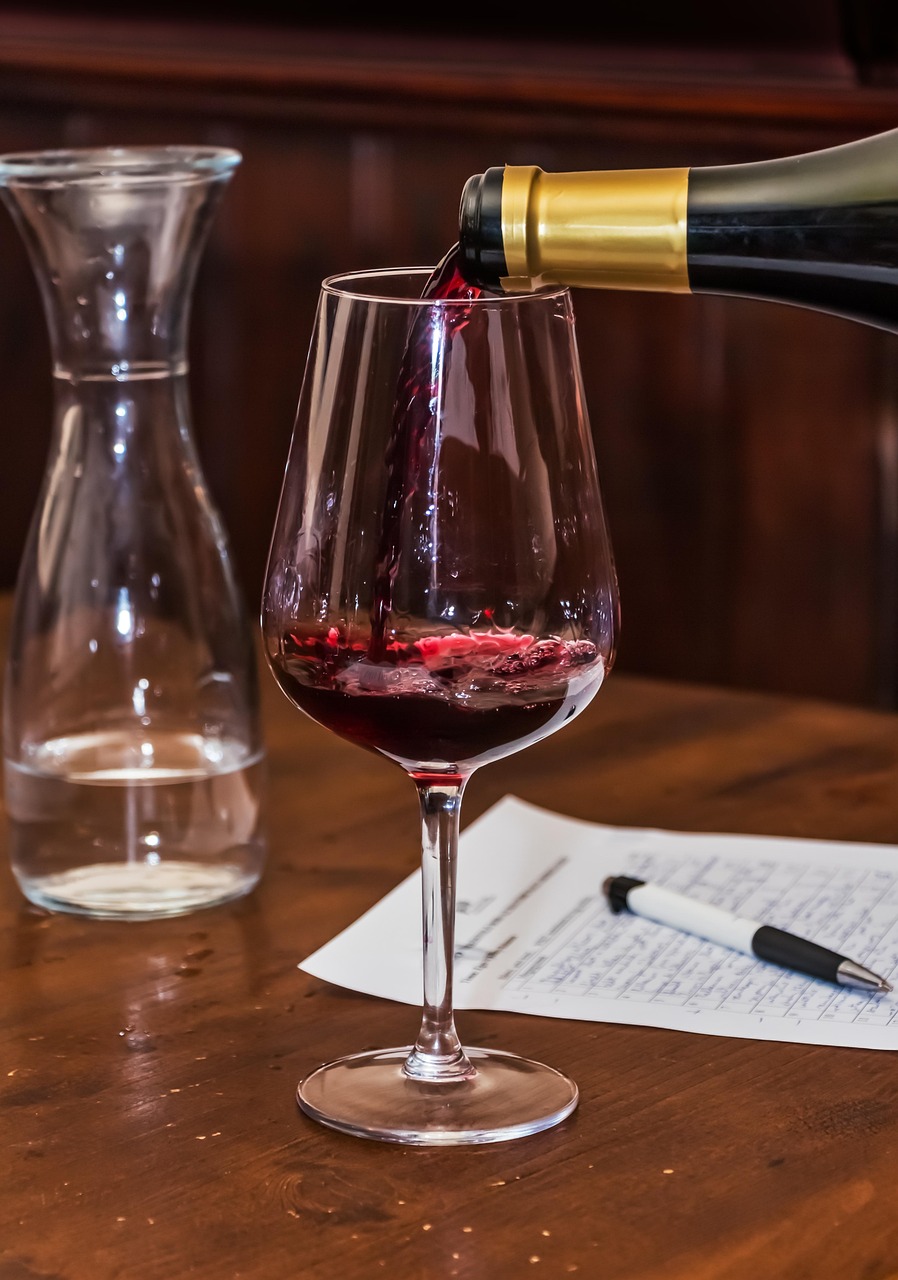Another week, another tasting at Franco’s Liquor Store in Kelowna. This time, the spotlight was on Nebbiolo—one of Italy’s most prestigious (and temperamental) grape varieties. Often called the “king of grapes,” Nebbiolo is primarily grown in the Piedmont region, where its expression shifts dramatically depending on the local terroir. Key areas include Barolo, Barbaresco, Langhe, Roero, Gattinara, and Nebbiolo d’Alba.
Much like Burgundy’s Pinot Noir, Nebbiolo is notoriously fussy. It demands precision in the vineyard, ripens late, and only thrives in specific soils and climates. But the reward? Wines that are nuanced, complex, and built to age.
A Brief History and Geography of Nebbiolo
Nebbiolo’s roots in Piedmont stretch back to the 13th century. Its name likely derives from nebbia, the Italian word for fog—an autumnal mist that settles over the Langhe hills during harvest, adding to the grape’s mystique and playing a key role in the growing conditions.
Northern Piedmont (think Ghemme and Gattinara) tends to produce lighter, more delicate Nebbiolo styles, with soft tannins and notes of sour cherry, rosehip, tobacco leaf, and black tea. In contrast, the southern strongholds of Barolo, Barbaresco, and Roero yield more powerful wines, often structured with firm tannins and deeper flavours—black cherry, tar, licorice, rose, and spice.
In Lombardy, the Valtellina region (near Lake Como) offers a distinct take on Nebbiolo—locally known as Chiavennasca. Here, the grape is more herbal and floral, with medium tannins and bright acidity, often drawing comparisons to cool-climate Pinot Noir.
What Makes Nebbiolo Unique?
Nebbiolo walks a fine line between light and full-bodied. Its pale ruby hue might mislead you into expecting something delicate, but its high tannin and acid levels offer structure and longevity. Young Nebbiolo often displays rose, cherry, leather, clay, and anise. As it ages, it develops tertiary characteristics: fig, molasses, dried herbs, and earth.
It’s a grape that resists shortcuts—slow to ripen, sensitive to weather, and best suited to well-drained calcareous clay and silt soils. Its finicky nature is part of its charm and challenge.
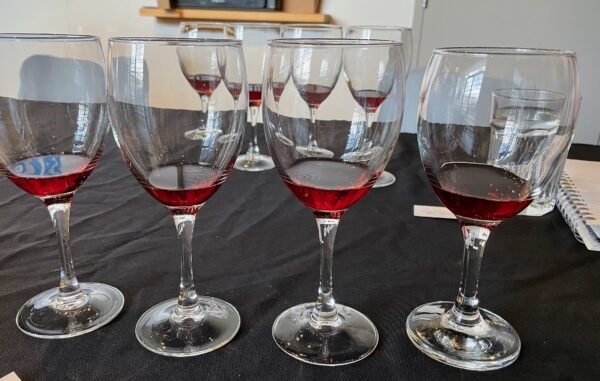
The Tasting at Franco’s
We sampled four distinct Nebbiolo wines at the tasting—each offering a different lens into this expressive grape:
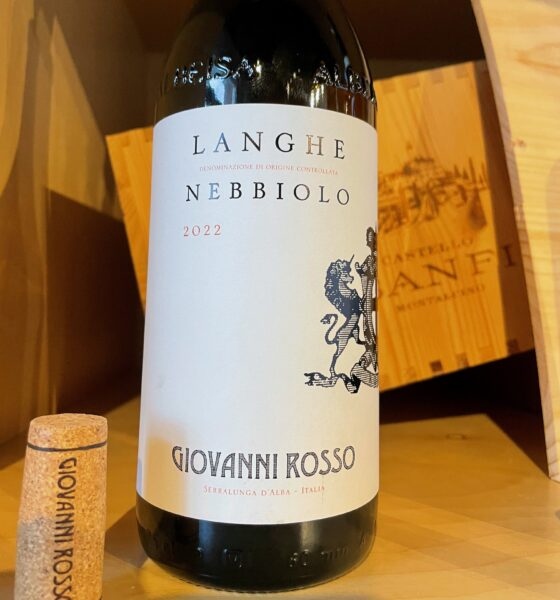
- Langhe Nebbiolo 2022 – $33.99
Often made from younger vines or declassified fruit, this was a vibrant, approachable introduction to Nebbiolo. Bright red fruit, lively acidity, and gentle tannins made it a standout for value.
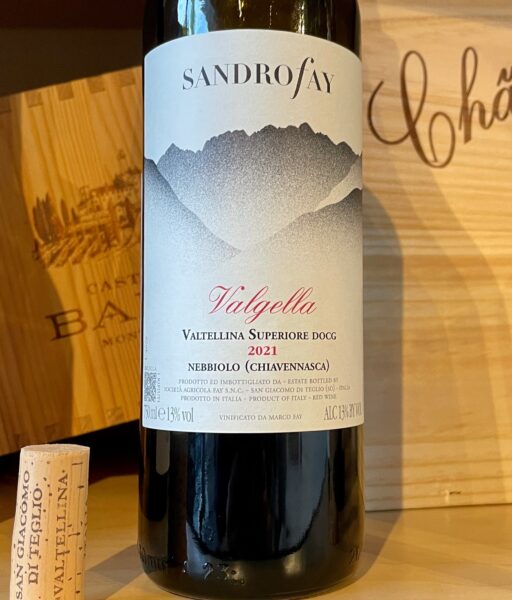
- Valtellina (Chiavennasca) 2021 – $59.99
From steep alpine terraces in Lombardy, this wine was all about elegance—red cherry, rose petals, and herbal notes carried by taut acidity and finesse.
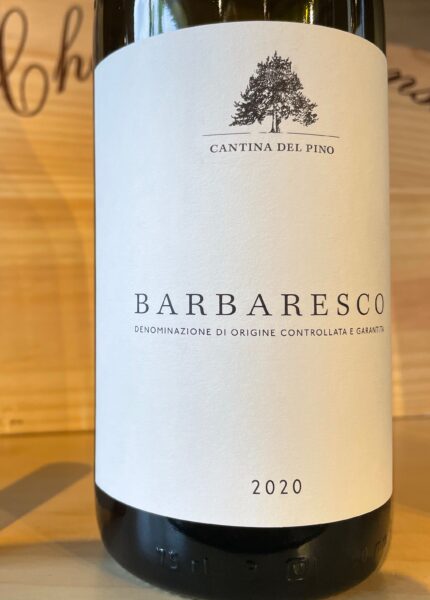
- Barbaresco 2020 – $66.99
Aged for 26 months (with 50 months required for Riserva), this wine balanced power and grace. Perfumed with cherry, rose, and spice, its sleek tannins make it enjoyable now, though it will continue to evolve. A great match for truffled pasta, veal, or mushroom risotto. Decanting for 45–60 minutes is recommended.

- Barolo 2020 – $68.99
The most structured of the lineup, with 38 months of aging (62 for Riserva), this Barolo showed deep notes of tar, dark cherry, and rose. Built for aging, it’s a classic partner for rich, hearty dishes like braised short ribs or aged cheeses.
Barolo vs. Barbaresco: A Regional Snapshot
- Barolo is produced in 11 communes south of Alba, including Barolo, La Morra, Monforte d’Alba, and Serralunga d’Alba. The wines are powerful and built to age, with firm tannins and deep complexity.
- Barbaresco comes from a smaller area east of Alba, primarily the villages of Barbaresco, Neive, and Treiso. The wines tend to be more elegant and approachable earlier, thanks to slightly warmer climates and sandier soils.
Nebbiolo Around the World
While Piedmont remains the heartland of Nebbiolo, small plantings exist in regions like Mexico, Argentina, and Australia. The grape is also known under regional names like Spanna (in northern Piedmont) and Chiavennasca (in Lombardy).
Wherever it’s grown, Nebbiolo tends to deliver high acidity, robust tannins, and remarkable aging potential. Most quality bottlings are 100% Nebbiolo, a departure from Italy’s usual emphasis on blends. Top examples can age gracefully for 15–25 years or longer.
Value and Pairings
Looking to explore Nebbiolo without breaking the bank? Keep an eye out for Langhe Nebbiolo in strong vintages. These wines offer much of the elegance and character of Barolo and Barbaresco at a fraction of the price.
Pairing tip: Nebbiolo’s tannic structure and earthy character make it a perfect partner for rich, high-fat dishes. Think truffle risotto, roasted meats, butternut squash ravioli, or aged cheeses—anything that can balance its power and enhance its complexity.
(All photos – Sam Hauck)

